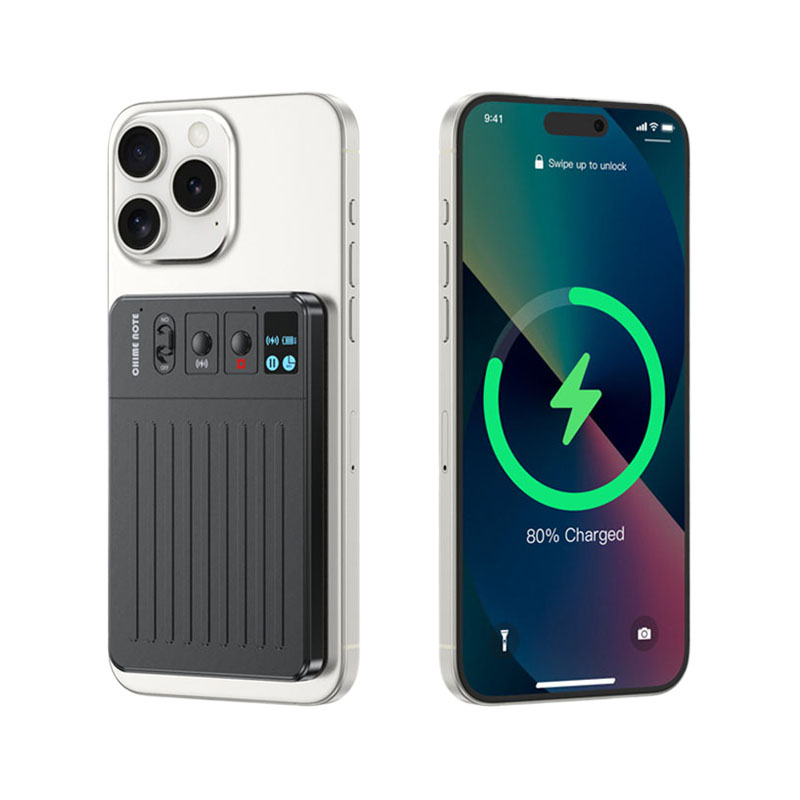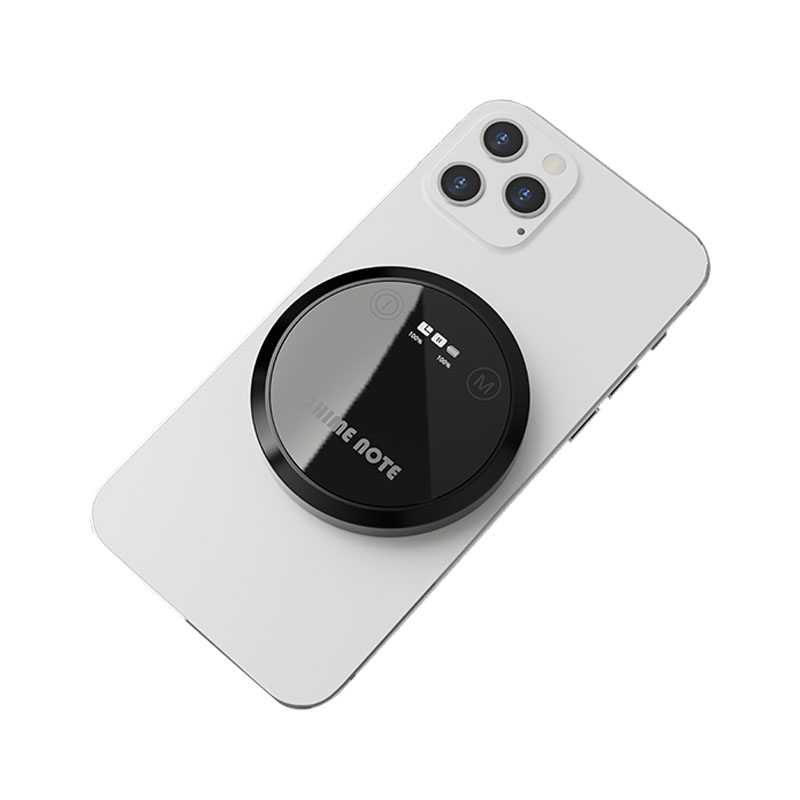How does the privacy protection shell achieve comprehensive protection of user privacy through technical means?
Release Time : 2025-04-02
The privacy protection shell, especially the privacy protection shell designed for smartphones, mainly achieves comprehensive protection of user privacy through the following technical means:
Physical shielding and anti-peeping design: Some privacy protection shells use special materials or designs to set up anti-peeping screens or shielding structures on the edge of the screen or the camera area to prevent others from peeping at the content of the mobile phone screen or the captured images without authorization. This physical shielding method is simple and direct, and can effectively reduce the risk of privacy leakage caused by peeping.
Data encryption and storage protection: Although the privacy protection shell itself does not directly handle data encryption, it can cooperate with the built-in encryption function of the mobile phone, such as by enhancing the communication security between the mobile phone case and the mobile phone to ensure encryption during data transmission. Some high-end privacy protection shells may have built-in security chips for storing encryption keys for sensitive data (such as biometric information) to further enhance data security.
Access control and authentication: The privacy protection shell may integrate intelligent authentication functions, such as fingerprint recognition, facial recognition or password unlocking, to ensure that only authorized users can access the mobile phone and its stored sensitive information. Through deep integration with the mobile phone operating system, the privacy protection shell can achieve fine-grained control over application access rights and prevent unauthorized applications from accessing sensitive data.
Software monitoring and privacy protection: Similar to software such as 360 Privacy Protector, some privacy protection shells may be equipped with software monitoring functions, which can monitor and record the behavior of applications in the mobile phone in real time, especially those operations that may involve user privacy. This monitoring function helps users to promptly discover and prevent potential privacy leaks and enhance comprehensive control over mobile phone privacy.
Network security protocols and communication protection: The privacy protection shell may support the use of secure network communication protocols such as HTTPS, SSL/TLS, etc. to ensure the data security of the mobile phone during network communication. By verifying the server's security certificate, the privacy protection shell can help users avoid communicating with untrusted servers, thereby reducing the risk of data being intercepted or tampered with.
Anti-malware and privacy leakage protection: The privacy protection shell may have built-in anti-virus, anti-spyware and other functions to effectively prevent malware from stealing and abusing personal information. By regularly updating the privacy protection shell database and the software itself, users can ensure that they have the latest protection functions to cope with evolving privacy threats.
Privacy Protection Shell builds a comprehensive privacy protection system through a variety of technical means such as physical shielding, data encryption, access control, software monitoring, network security protocols and anti-malware. However, it should be noted that the effectiveness of Privacy Protection Shell may be affected by many factors, including its design quality, compatibility with the mobile phone operating system and user usage habits.
Physical shielding and anti-peeping design: Some privacy protection shells use special materials or designs to set up anti-peeping screens or shielding structures on the edge of the screen or the camera area to prevent others from peeping at the content of the mobile phone screen or the captured images without authorization. This physical shielding method is simple and direct, and can effectively reduce the risk of privacy leakage caused by peeping.
Data encryption and storage protection: Although the privacy protection shell itself does not directly handle data encryption, it can cooperate with the built-in encryption function of the mobile phone, such as by enhancing the communication security between the mobile phone case and the mobile phone to ensure encryption during data transmission. Some high-end privacy protection shells may have built-in security chips for storing encryption keys for sensitive data (such as biometric information) to further enhance data security.
Access control and authentication: The privacy protection shell may integrate intelligent authentication functions, such as fingerprint recognition, facial recognition or password unlocking, to ensure that only authorized users can access the mobile phone and its stored sensitive information. Through deep integration with the mobile phone operating system, the privacy protection shell can achieve fine-grained control over application access rights and prevent unauthorized applications from accessing sensitive data.
Software monitoring and privacy protection: Similar to software such as 360 Privacy Protector, some privacy protection shells may be equipped with software monitoring functions, which can monitor and record the behavior of applications in the mobile phone in real time, especially those operations that may involve user privacy. This monitoring function helps users to promptly discover and prevent potential privacy leaks and enhance comprehensive control over mobile phone privacy.
Network security protocols and communication protection: The privacy protection shell may support the use of secure network communication protocols such as HTTPS, SSL/TLS, etc. to ensure the data security of the mobile phone during network communication. By verifying the server's security certificate, the privacy protection shell can help users avoid communicating with untrusted servers, thereby reducing the risk of data being intercepted or tampered with.
Anti-malware and privacy leakage protection: The privacy protection shell may have built-in anti-virus, anti-spyware and other functions to effectively prevent malware from stealing and abusing personal information. By regularly updating the privacy protection shell database and the software itself, users can ensure that they have the latest protection functions to cope with evolving privacy threats.
Privacy Protection Shell builds a comprehensive privacy protection system through a variety of technical means such as physical shielding, data encryption, access control, software monitoring, network security protocols and anti-malware. However, it should be noted that the effectiveness of Privacy Protection Shell may be affected by many factors, including its design quality, compatibility with the mobile phone operating system and user usage habits.







